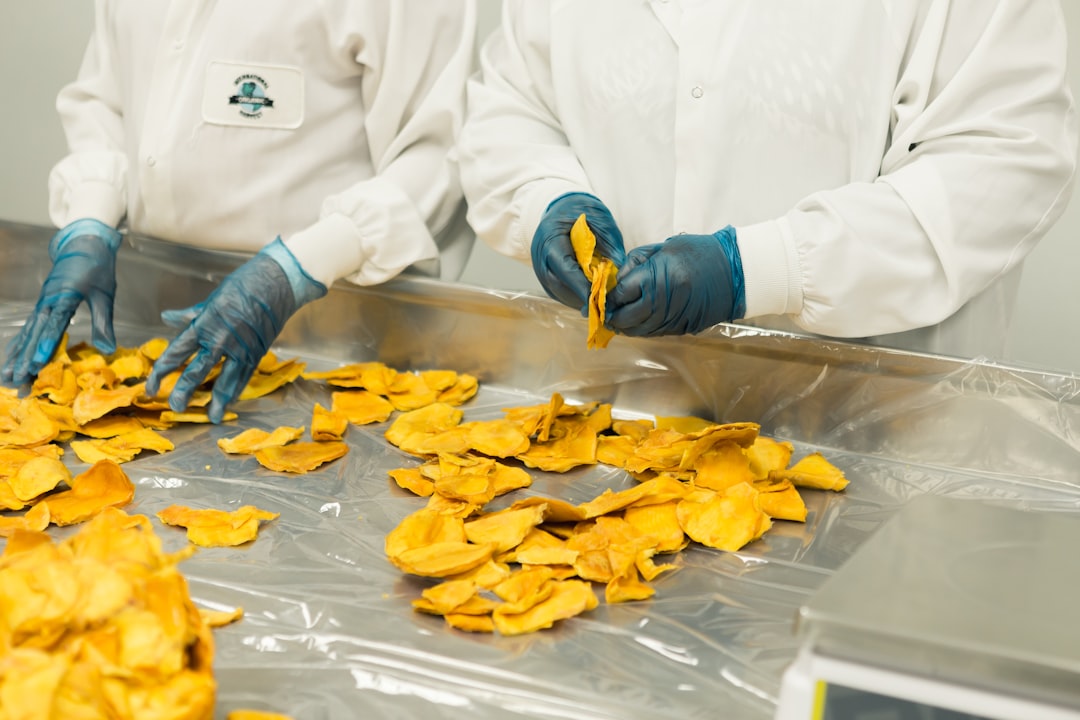What is it about?
High-entropy alloys are already highly disordered materials. We even break them down further by smearing them like butter over bread under high shear force and extreme pressure, resulting in a nanometer-sized messy structure. Such treatment dramatically changes the magnetic properties, which are now located in the small grains. When these nano-magnets align with each other, the material even reverses the magnetization with respect to an applied field. This study presents the magnetic studies comparing normal and processed material at various magnetic fields and low, cryogenic temperatures.
Featured Image

Photo by Pawel Czerwinski on Unsplash
Why is it important?
While both magnetism in high-entropy alloys and severe plastic deformation of materials have been well examined during the past decade, this is the first combination of both. It interdisciplinarily brings together the two research communities with opportunities to design novel magnetic materials through processing. It combines expertise in solid-state physics with materials engineering, which is needed for designing novel microstructures with unprecedented physical properties. The discovery of such a change in magnetic behavior will trigger fundamental discussions and pave the way for opportunities to make better magnetic materials.
Perspectives
It is most exciting to link different communities to new research so that they can learn from one another. This is the way to step forward! Here, we combine knowledge of making and processing materials under extreme conditions and at high temperatures to achieve unprecedented properties at low temperatures. Recently, we studied the very same material's high-temperature behavior using in-situ neutron scattering: https://doi.org/10.1002/adem.202201256
Klaus-Dieter Liss
University of Wollongong
Read the Original
This page is a summary of: Inverted magnetic response in severe plastically deformed nanostructured high-entropy alloy, Applied Physics Letters, January 2023, American Institute of Physics,
DOI: 10.1063/5.0138040.
You can read the full text:
Contributors
The following have contributed to this page










